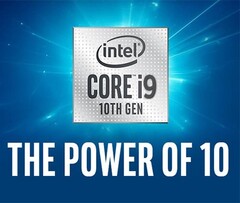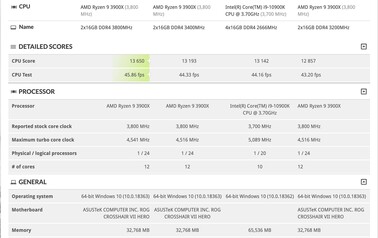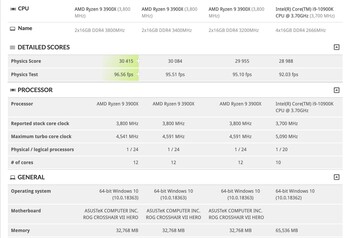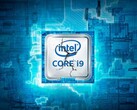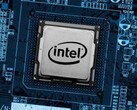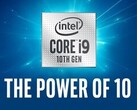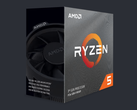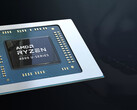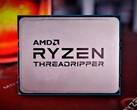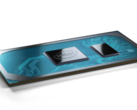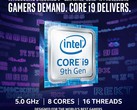Intel was hoping to deliver the 10th gen Comet Lake-S desktop CPUs in early January, but the production hell the company is going through right now may have pushed the launch to March or even April. Everyone is waiting for the first 10 nm competitors for AMD’s 7 nm CPUs, still, as we already know, the Comet Lake-S models are yet again built with 14 nm tech, and they will require a new LGA 1200 socket, so upgrading will require extra costs. Additionally, Intel encountered problems with the new desktop motherboard Z490 chipsets and had to drop the PCIe 4.0 support. Since the 10 nm desktop CPUs will only show up in 2021, is it really a smart move to upgrade to the Comet Lake-S models? The latest 3DMarkb test results uncovered by TUM_APISAK and_rogame on Twitter suggest it might not be worth it.
Yesterday, the i9-10900K was added to the 3DMark database, and now we get to see how it fares against the AMD competition. Judging by pricing tiers, the closest competitor for the i9-10900K that is expected to cost between US$449 and US$499 looks to be the AMD Ryzen 9 3900X. Granted, the AMD model has 2 more cores (4 more threads) and a lower TDP, yet the boost clocks are considerably lower (4.6 GHz versus 5.1 GHz on the Intel CPU), plus the Intel chip is coupled with 2.6 GHz DDR4 RAM (versus 3.2 GHz for AMD), so we don’t get a 1:1 comparison. Note that the tests also include higher-clocked RAM AMD systems, but we will ignore those results, just to keep the comparison as balanced as possible.
For the Fire Strike tests, the i9-10900K (28,988 points) is slightly lagging behind the AMD Ryzen 9 3900X with 3.2 GHz RAM (29,955 points), while the Time Spy test reveals that the Intel chip (13,142 points) manages to beat the aforementioned AMD model (12,857 points) by a small fraction. Apparently the Time Spy test is known to have scaling issues above 10 cores, so it might not be too reliable for the AMD chip that has 12 cores. TUM_APISAK's results for the Fire Strike test are a bit lower, and he did not include side by side comparisons with the AMD chip, yet he was indeed the first to report on the results.
It might be too early to draw a conclusion based on these results alone. The performance improvements for the Intel desktop consumer flagship chip over the gen 9 top models are not particularly encouraging seeing that the difference is around 15%, while the timing is also quite off, as AMD is preparing to launch Zen 3 Ryzen 4000 desktop CPUs in the second half of 2020.
Source(s)
_rogame Time Spy / Fire Strike tests




